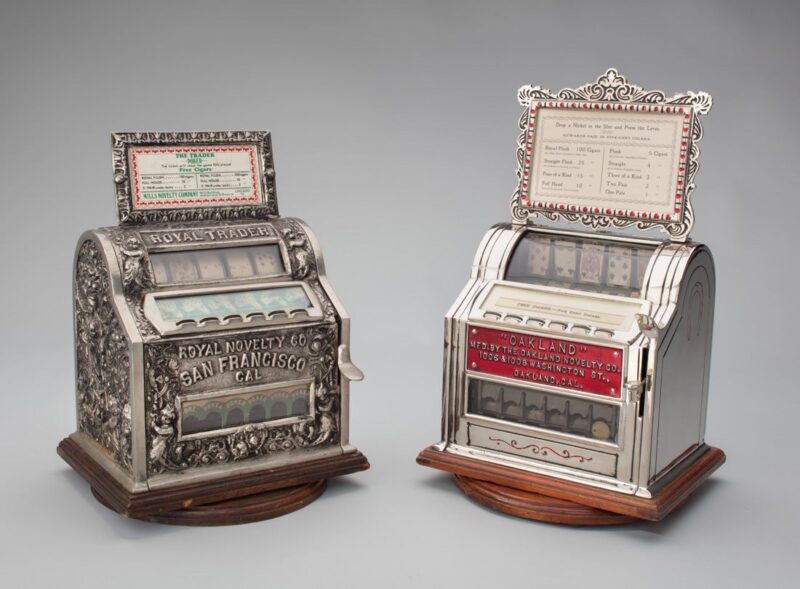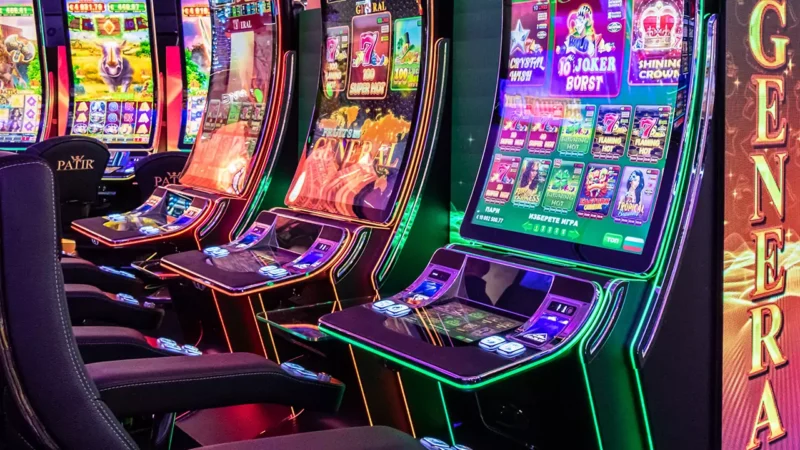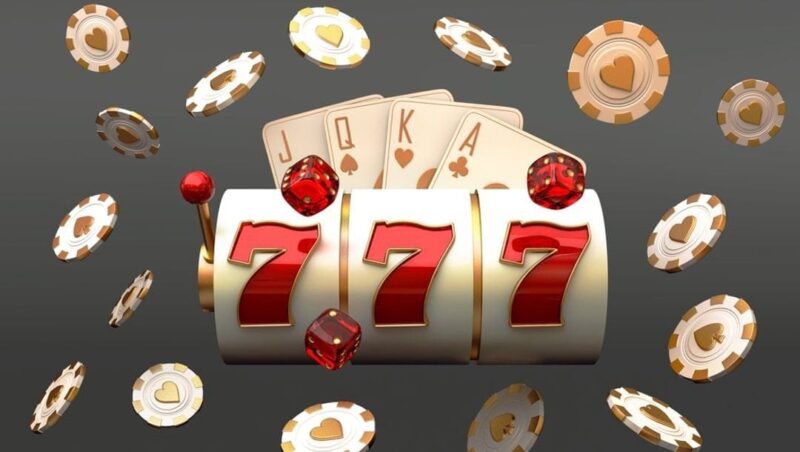Slot machines have a mesmerizing allure that continues to captivate gamblers worldwide. They fill the floors of casinos, their flashing lights and jingling sounds luring players into their digital embrace. Whether in Las Vegas, Macau, or a small-town casino, slots have become a universal symbol of chance, luck, and the possibility of life-changing riches.
Beneath the dazzling surface of kakekmerah4d lies a world of meticulous design, mathematics, and psychology that ensures their dominance in the gaming industry. This article unravels the unbeatable economics behind these digital bandits and explores why slots reign supreme in the world of gambling.
The Birth of the Slot Machine

To fully grasp the economics of modern slots, we must travel back to the origins of the slot machine. The first slot machine was invented in the late 19th century by Charles Fey, a San Francisco mechanic.
The Liberty Bell, as it was called, featured three spinning reels with symbols like horseshoes, bells, and playing cards. A pull of the lever set the reels spinning, and a winning combination resulted in a payout of coins. This simple but ingenious device captivated the public’s imagination and laid the foundation for the slot machines of today.
As technology advanced, so did the slot machine. From the mechanical reels of the early machines to the digital screens of modern slots, the core appeal remained the same: simplicity, instant gratification, and the promise of big rewards. However, beneath the surface, the machinery has become increasingly sophisticated, relying on complex algorithms and behavioral psychology to maximize profits.
The Mathematics Behind Winning & Losing

The economics of slot machines hinges on a fundamental mathematical principle known as the “house edge.” The house edge is the percentage of each wager that the casino expects to retain over the long run. This percentage varies depending on the game, but for slot machines, it typically ranges from 2% to 10%. This might not sound like much, but given the sheer volume of bets made on slot machines, it adds up to substantial profits for casinos.
To ensure the house edge, modern slot machines use random number generators (RNGs). These are computer algorithms that produce a continuous stream of random numbers, which determine the position of the reels each time the player presses the spin button. The RNG ensures that each spin is independent and random, making it impossible to predict or manipulate the outcome. The combination of RNGs and predetermined payout structures allows casinos to maintain the desired house edge and keep the odds in their favor.
Moreover, slot machines use a system called “par sheets,” which dictate the distribution of payouts. These sheets are meticulously designed to ensure that the machine returns a certain percentage of the money wagered over time, while still providing occasional larger payouts to keep players engaged. This carefully calibrated balance between winning and losing creates the illusion of randomness and fairness, even though the long-term outcome is predetermined to favor the casino.


